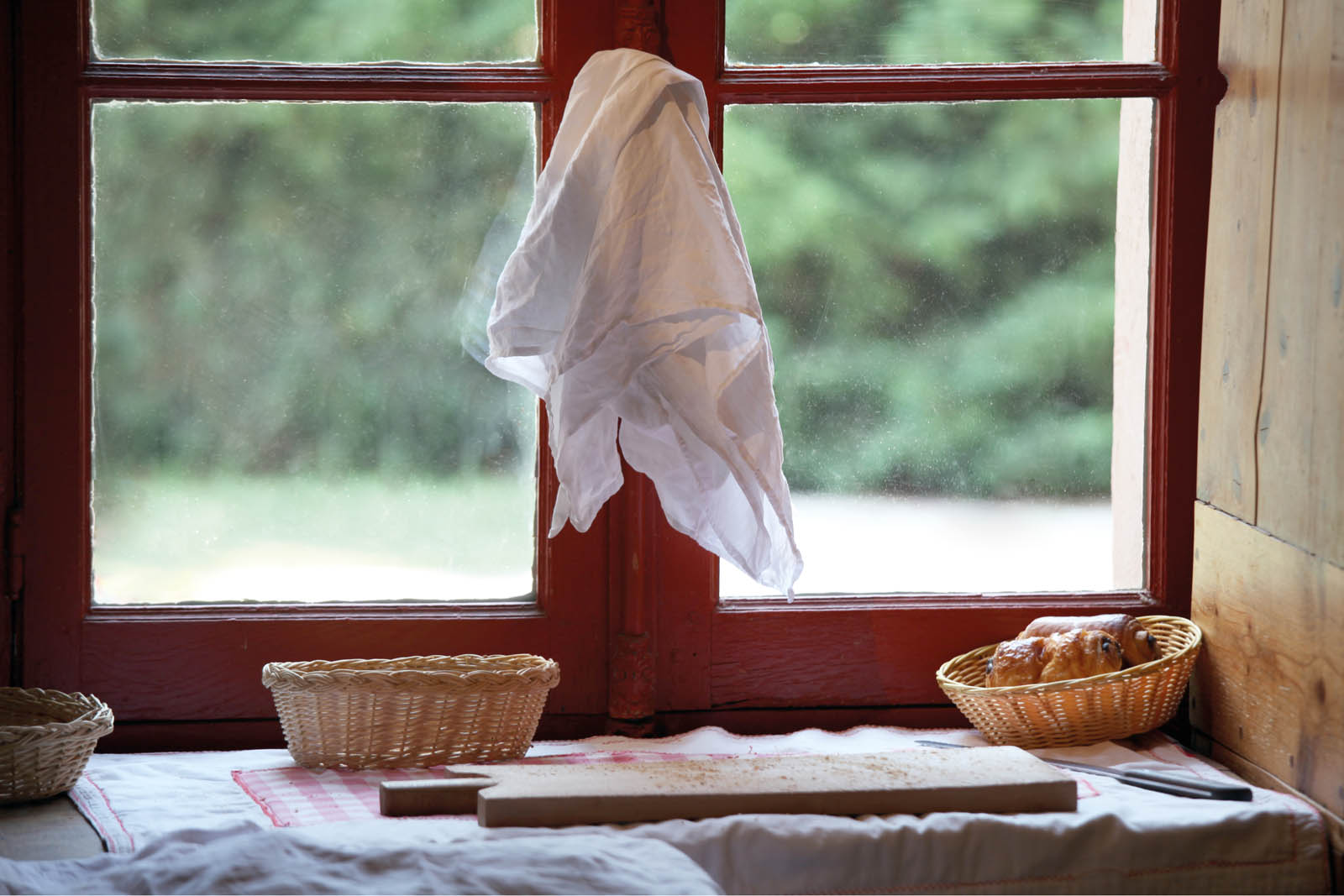You can raise the level of your dessert making by living by one simple rule: use nothing but the best ingredients.
Other than fresh ingredients, stocking your pantry with essential items like the ones suggested below will give you the flexibility for spontaneous last-minute preparation of desserts without having to go out shopping.
On the pantry shelf
Almond flour I always have bags of Bob’s Red Mill almond flour and hazelnut flour around for making desserts. I love the texture and added flavor they provide compared to using ordinary flour, and they have the added benefit of allowing you to bake gluten free if you wish.
Almond Paste Almond paste is a mixture of almost equal parts of corn syrup or honey, ground almonds, confectioner’s sugar, and sometimes almond extract. You can find it in the baking section of most supermarkets. Marzipan, on the other hand, is only 1/3 ground almonds and the rest mostly sugar and is good for forming small candies because it is stiff and a bit dry.
Anise seeds These come from a member of the carrot family and are used to impart a lovely licorice flavor, as does anise extract.
Baking powder This is a leavening agent used in baking. If you run out, make your own by sifting 4 tablespoons baking powder with 1/2 cup cream of tartar. To test if your baking powder is still good, add 1 teaspoon to 1 cup of hot tap water. If it shows life and foams and bubbles, you are fine to use it. If not, throw it away and buy fresh baking powder.
Baking soda This is also a leavening agent, added to baked goods to make them rise.
Cake flour Use cake flour rather than all-purpose flour when you want a lighter more delicate texture for a cake. It has less gluten than regular flour.
Candied fruit Use the best you can find online. In a pinch, use candied fruit from the supermarket or a gourmet store near you.
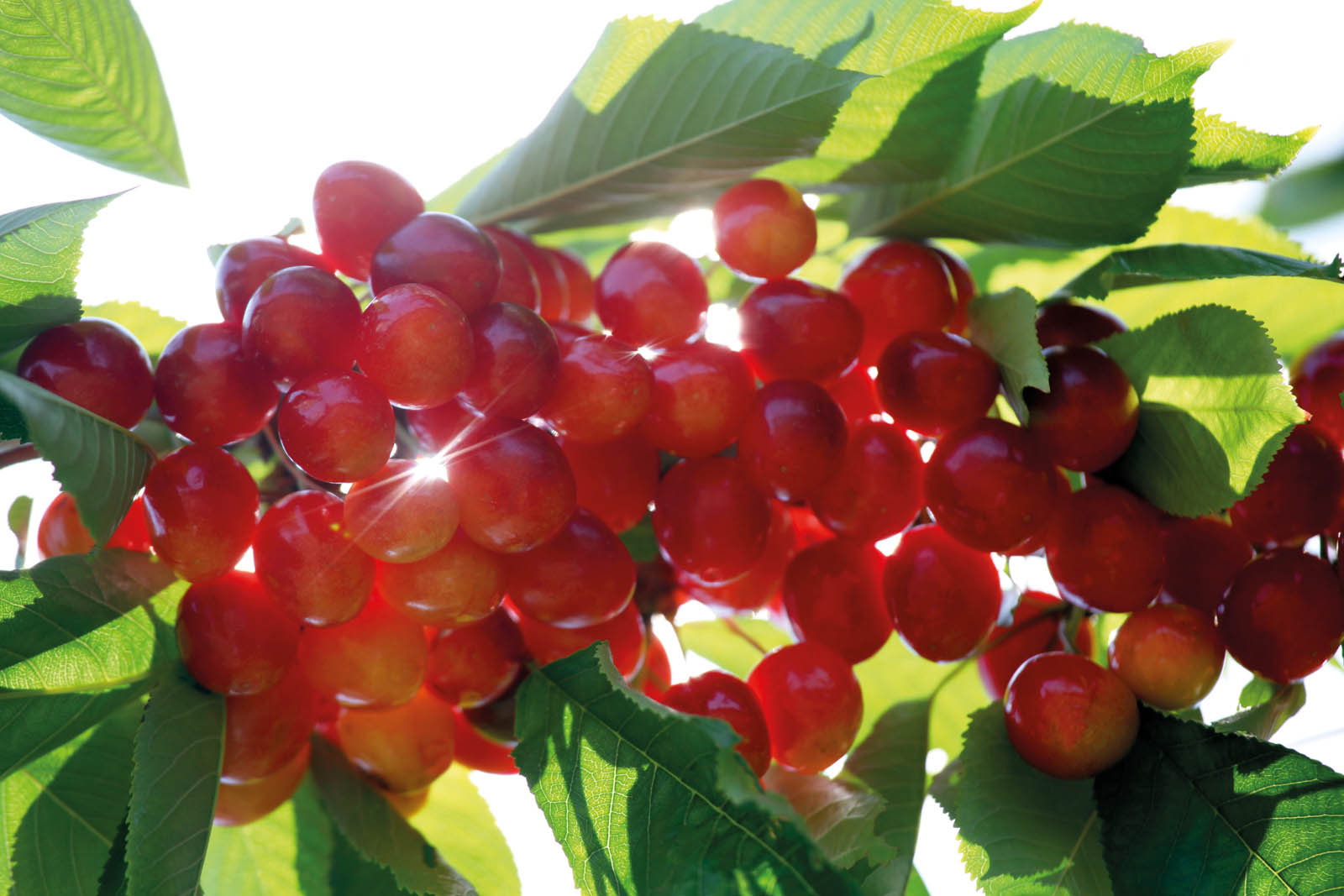
Chocolate Please use semisweet chocolate (unless otherwise indicated) with over 70 percent cocoa solids, as it sets more quickly and has a richer flavor. When using white chocolate in a recipe, make sure that it lists cocoa butter, sugar, and milk as its ingredients—not vegetable fat.
Cocoa powder I use Hershey’s Special Dark Cocoa unsweetened cocoa powder. Unsweetened cocoa powder is one of the most visually appealing garnishes for baked desserts.
Condensed milk Every now and then I come across a recipe that I want to try and it calls for condensed milk, so I usually keep a couple of cans on the shelf. It is made from whole milk that has had some of its moisture removed and has sugar added.
Confectioner’s sugar Always have this on hand as so many recipes call for it and because it is a great garnish sifted over a dessert. Powdered sugar and confectioner’s sugar are the same.
Cookies Keeping beautiful high-quality store-bought cookies on the shelf can add a quick, simple flourish to even the simplest dessert. I always stock very thin butter cookies.
Corn syrup Dark corn syrup has a deep, strong flavor because molasses has been added, while clear light corn syrup has a lighter flavor. I always keep light corn syrup on hand to use as a gloss for baked pastries and crusts.
Cornstarch A must-have thickening agent for various desserts.
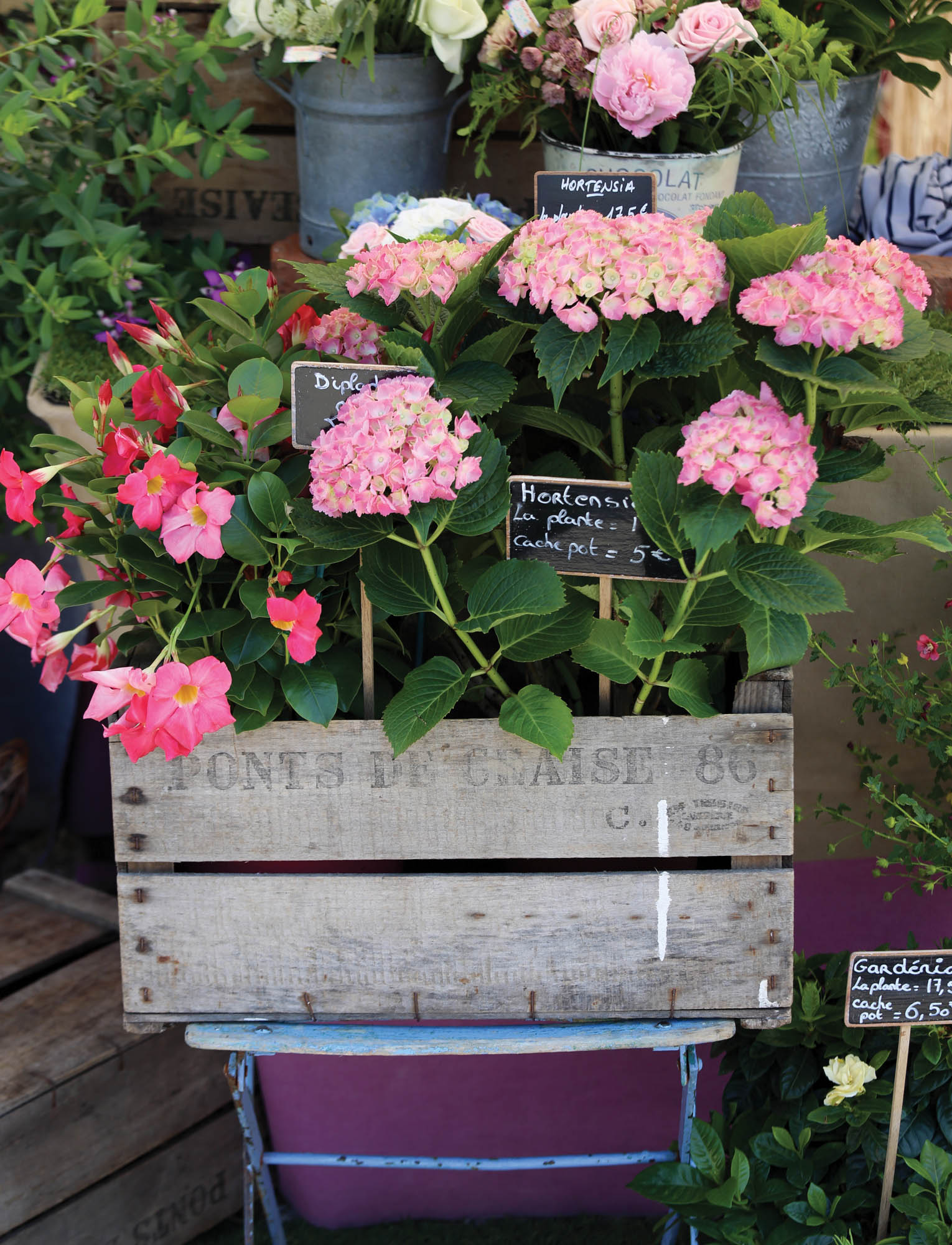
Cream of tartar Adding a pinch of cream of tartar to room temperature egg whites when you beat them encourages them to reach maximum volume.
Dried fruit Dried fruits have different rehydration methods, so check their packages for instructions.
Espresso powder I love using instant espresso powder in desserts for a punch of flavor that often goes unrecognized yet adds a certain something to a combination of flavors. It also means that I can incorporate a coffee flavor without adding more liquid to a recipe. My favorite brand is Medaglia D’Oro, which can be found in most supermarkets and on Amazon.com.
Extracts Keep pure lemon, orange, vanilla, almond, and anise extracts to impart added flavor to your desserts. Always use pure extracts as imitation extracts impart an unpleasant flavor and defeat the purpose of making a wonderful-tasting dessert.
Flour All-purpose unbleached flour, bread flour, cake flour, whole-wheat flour, and pastry flour should be kept on hand and always in an airtight container or resealable plastic bag as humidity will deteriorate them. I use King Arthur flours, and if I can’t find them, I order them online.
To make your own cake flour, measure out 1 cup of all-purpose flour, remove 2 tablespoons and replace them with 2 tablespoons cornstarch. Always measure flour before sifting.
Flowers Edible flowers, preferably from your garden and unsprayed with pesticides, add a whimsical touch to almost any dessert.
Freshness I know. This sounds obvious. But I need to emphasize how important fresh ingredients are, especially when you are using fruit, herbs, eggs, and milk when making desserts. Freshness improves the intensity and quality of flavor and provides the platform for the dessert to be elevated to something special instead of ordinary. If possible, cook from your garden, pick from your neighbors’ trees, shop from local farms and farm stands, and remember to buy local so your ingredients haven’t had to be shipped by train or truck.
Fruit Thoroughly wash and dry fruit before using and, when possible, choose organic and local. In a pinch, buy frozen fruit. It’s actually quite good, as it is picked fresh and flash frozen. All you have to do is defrost it.
Gelatin Made from animal collagen, gelatin is used to gel many desserts. If you use gelatin sheets, one sheet equals 1 teaspoon of powdered gelatin.
If you are a vegetarian, you can purchase agar-agar, which is derived from algae, or Vegan Jel, which is made from vegetable gum, and follow the instructions on the package.
Ginger, crystalized Purchase crystalized ginger and keep it on the shelf for chopping into desserts or cakes.
Honey Honey adds moistness and helps extend shelf life in baked goods, plus it adds another layer of flavor. I like to keep an aromatic flower honey on the shelf as well as a darker honey for a stronger flavor.
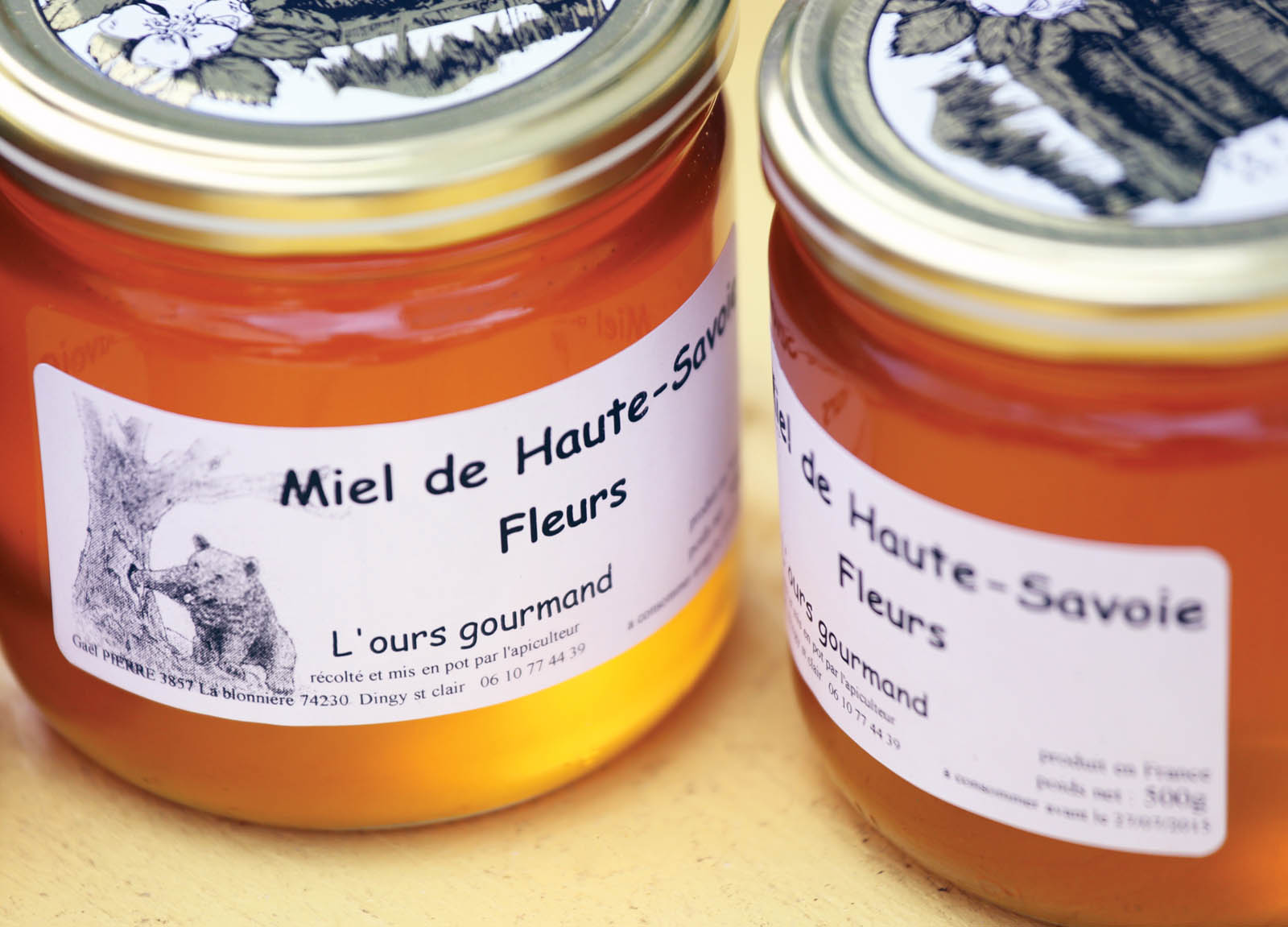
Jams and preserves I have jars of raspberry, strawberry, orange, and apricot jams on my shelf, as well as cherry preserves, and pick up unusual ones on my travels to inspire me to create new desserts with them.
Liqueurs and spirits The French tend to use liqueurs and spirits in their desserts. The top French brands they use are Pastis or Pernod, licorice-flavored liqueurs; Cointreau or Grand Marnier, which are made from oranges; Calvados, which is made from apples; Chartreuse, which is made by Carthusian monks from 130 plants and herbs; Chambord, a liqueur made from raspberries; and Armagnac and Cognac, both brandies.
Nuts Almonds, pistachios, walnuts, pine nuts, and hazelnuts are all popular in French desserts. Nuts kept in a warm place can turn rancid, so when you buy them, store any leftovers in the freezer or refrigerator.
Raisins and currants Although not an essential ingredient, raisins and currants will keep in an airtight container if kept in a cool, dark place through their entire best-before date on the package, so they can be added to your supplies if you wish.
Rice Almost any kind of rice can be used in making desserts. I generally use short-grain rice or basmati rice in my dessert making.
Salt I prefer to use kosher, sea salt, or fleur de sel in all my recipes, especially because everyday table salt contains chemicals.
Spices Rather than buying spices in bulk, buy them in small quantities as they can lose their intensity over time. To build your spice rack for making desserts, begin with the following: ground and whole cinnamon, ground and whole nutmeg, ground ginger, ground cardamom, ground and whole cloves, star anise, anise seeds, and fennel seeds.
Sugars Always have on hand a selection of sugars: granulated, superfine, and confectioner’s, as well as light brown for adding a butterscotch flavor to desserts and dark brown, which is granulated sugar to which molasses has been added, to add a deep color and distinctive rich flavor. Keep turbinado, clear, colored, or sparkling sugars to give cookies and crusts a crunchy top.
Store sugars in airtight containers to avoid their absorbing humidity and becoming hardened or lumpy. I keep mine in large glass jars with screw-top lids.
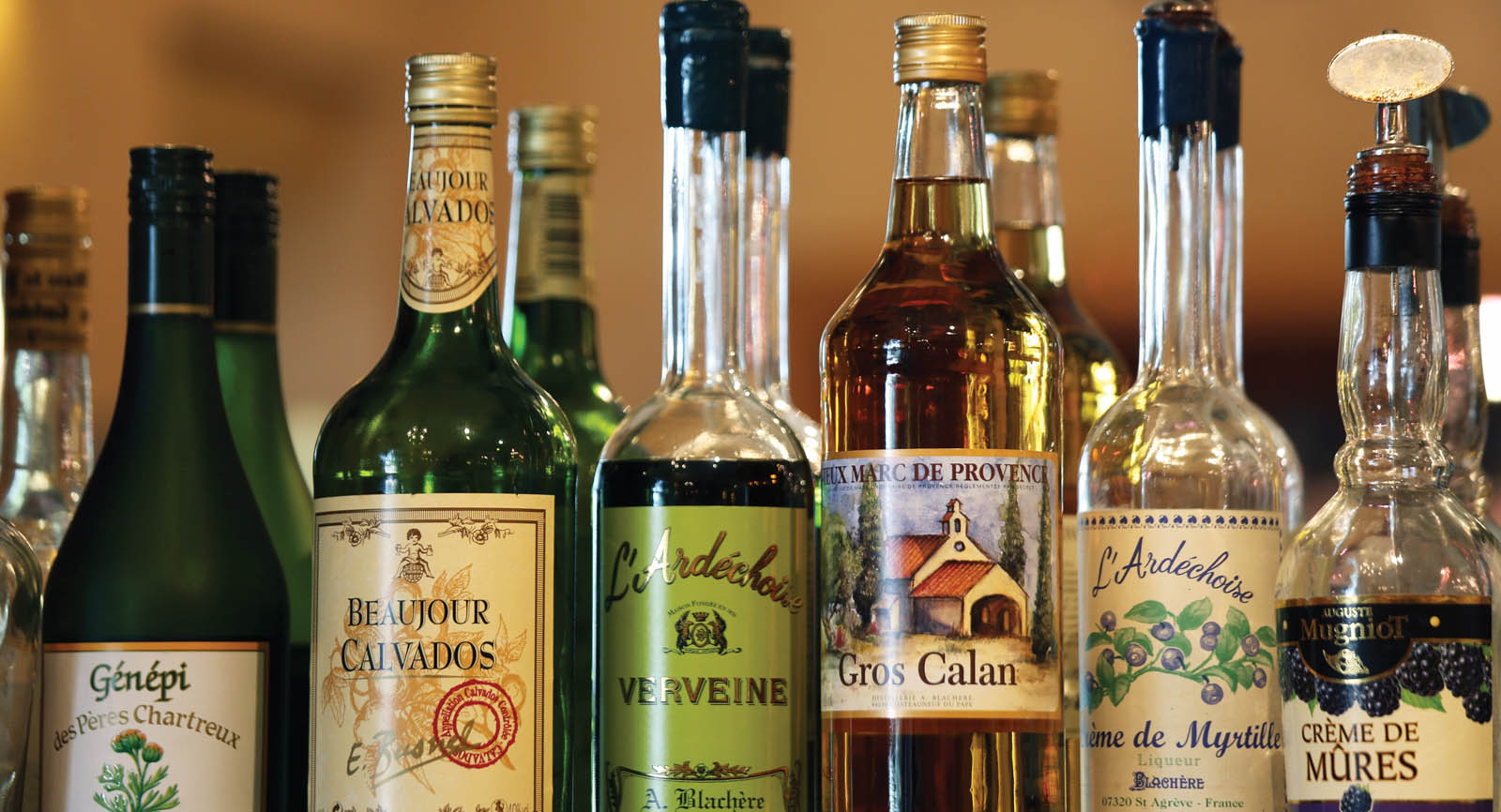
Syrups A good selection of bottled syrups in your pantry enhances your ability to improvise when making desserts. Keep a bottle of black currant syrup, orange flower water syrup, or a good quality chocolate syrup on hand to drizzle back and forth over your desserts.
Vanilla beans While Tahitian vanilla beans are popular and exude a lovely perfumed flavor, most of the time I prefer Mexican vanilla beans, which impart a stronger flavor.
Vanilla extract I make my own, using the seeds from 3 to 4 vanilla beans added to 1 cup dark rum, vodka, or bourbon and storing it in the refrigerator for five weeks before using it. For my pantry, I keep the best-quality store-bought pure vanilla extract, such as Mexican vanilla extract, Nielsen Massey Madagascar vanilla extract, Penzeys double-strength vanilla extract, or a good-quality vanilla paste.
Yeast I use active dry yeast, which is available in most supermarkets. You just add warm water and it comes to life. If it does not come to life, or “bloom,” throw it out and repeat with a new package. Check the date of shelf life, printed on the packet, before buying.
Zest Try to use only organic unwaxed citrus fruit to avoid ingesting pesticides and wax, and always thoroughly wash the fruit before working with it. Citrus zest comes from the outside peel of the fruit, culling the flavorful oil from the fruit and making it an essential ingredient when you want to intensify a citrus flavor. I use either a citrus zester, a citrus microplane, or the big holes of a box grater.

In the freezer or refrigerator
Butter I use unsalted and salted butters, and I prefer ones wrapped in foil as butter tends to pick up flavors in the refrigerator. No substitutes should be used for butter unless specifically noted in the instructions. To soften butter, take it out of the refrigerator and let it sit for an hour and a half, until it is soft enough to squeeze. I keep a good supply in the freezer and pull it out and thaw as needed.
If you only have salted butter, omit the salt in the recipe. There is approximately 1/2 teaspoon of salt in 1 stick of salted butter.
Buttermilk The French use lait fermenté, which is similar to buttermilk. If you don’t have buttermilk, make your own by gently warming 1 cup milk. Add 1 tablespoon lemon juice and let it stand for 15 minutes. Et voila!
Cream I use heavy whipping cream or heavy cream for desserts, which both have higher butterfat content than whipping cream. When whipping for volume, it is best to chill the beaters as well as the bowl and cream.
Eggs Please use large eggs unless otherwise noted, preferably organic or free range. In baking, whole eggs are essential for leavening, while beating the egg whites separately from the yolks then folding them in will greatly increase the loft and lightness of a baked item. When you beat a yolk or white with a little water then paint it onto an unbaked crust, it creates a beautiful golden-brown baked crust. Make sure to take the eggs out of the refrigerator and let them come to room temperature before using.
In non-baked items, eggs add richness, structure, thickness, color, and flavor.

Egg whites If you have leftover egg whites from a recipe, you can put them in a screw-top glass jar or covered container in the refrigerator for up to 1 week or 10 days. Egg whites may also be frozen and used later.
Frozen fruit Having assorted bags of frozen fruit on hand in the freezer gives you immense flexibility in preparing desserts at the last minute or when you don’t have access to fresh fruit.
Frozen phyllo dough Phyllo is paper-thin sheets of dough and has a myriad of uses for making desserts. It can also be very effective in creating a stunning visual presentation. Once you thaw it and as you use it, keep it covered so that it does not dry out. It will keep in your freezer for 6 months.
Frozen puff pastry I can’t imagine living without frozen puff pastry in my freezer. The busy lives we lead today leave us little time to work up a magnificent homemade puff pastry. I buy mine frozen, as most French households do, and always have it on hand.

Herbs Increasingly I am using fresh herbs and even vegetables when I am creating desserts because I am fascinated with the surprisingly lovely flavors that evolve from them. You will find recipes in this cookbook, for example, using fresh tarragon or basil. I often blend rosemary and honey, sage and lemon juice, mint and simple syrup, fresh lavender and simple syrup, and other variations of herbs and sweeteners to use as sweet sauces or to make sorbets or ice creams. Keep fresh herbs in a glass of water in the refrigerator if you are not using them within a couple of days of purchase.
Ice Cream and sorbet Always have at least one fruit sorbet and a basic vanilla ice cream in the freezer, especially in the summer, for improvising a dessert in a bowl. A little drizzle of chocolate sauce and a couple of store-bought cookies and it starts to look pretty interesting.
Lemons As a lemon lover, I always have a quantity of lemons on hand to use in making desserts and for preventing freshly cut fruit from turning brown or oxidizing. Lemon zest, either from a microplane or box grater, adds a zing of flavor and color to almost any sweet. Make sure to zest only from organic unwaxed lemons.
Milk I use whole milk or almond milk for my recipes.
Nuts Store well-wrapped nuts in the refrigerator for up to 3 months or in the freezer for 6 months.
